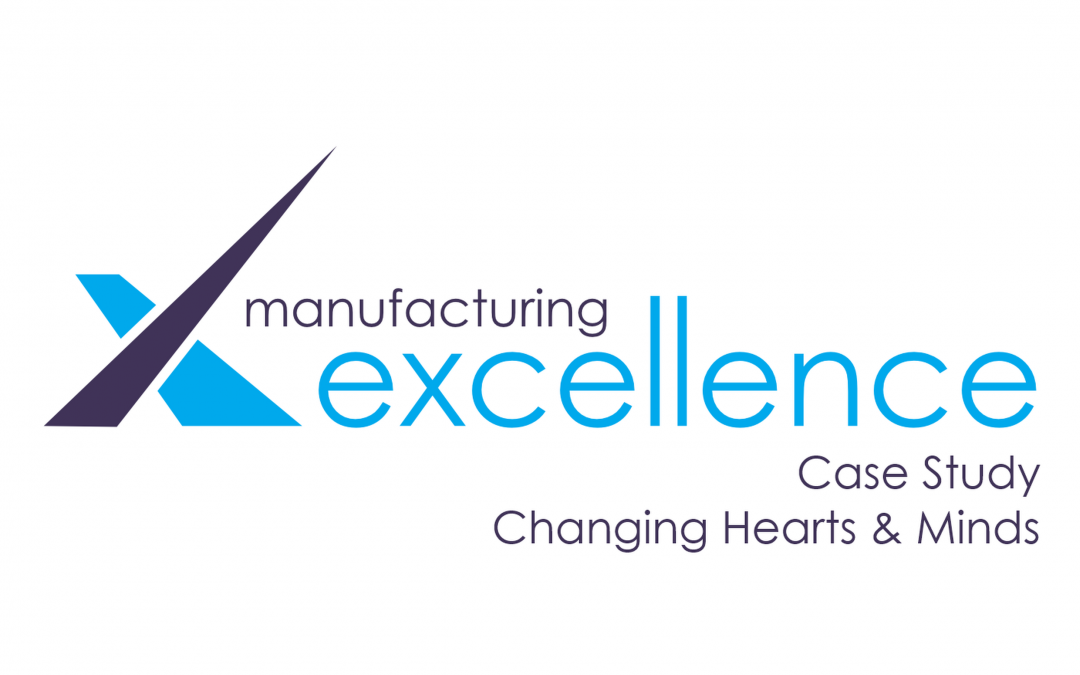Manufacturing Excellence are currently working with a commercial refrigeration manufacturer based in West Yorkshire with 450 employees. We put together an improvement programme for them with a particular focus on changing the culture and instilling an improvement focus throughout the business. After the first three months of their improvement programme we sat down with their Continuous Improvement Manager to see how they were benefitting.
Cast your mind back to before you started working with Manufacturing Excellence, what were the main lean challenges you were facing?
The company had an ‘always done it this way’ culture. There was a lack of understanding for the necessity for lean and people didn’t understand what we were trying to achieve.
What lean framework were you putting in place prior to engaging with Manufacturing Excellence?
Aside from my own activity looking at improving our processes I was trying to get the people in the organisation to understand the benefits of lean manufacturing.
What was it that convinced you that the Manufacturing Excellence programme was the right thing to do?
The flexibility. I discussed with them how specific areas would need different improvement tools and techniques. The fact that we would be able to train people to use the correct tools for their areas was the most important thing for me. It was important that we didn’t have a blanket training programme, we wanted the whole company to focus on improvement but we knew, for example, someone in the office wouldn’t need to know about SMED which conversely is a great tool for someone working a press machine.

How did the programme fit in with the improvement work that was already taking place?
Perfectly, because it meant that I could spread my message much quicker. The people who were learning new skills could then go on and train others, it’s really assisting my role as CI Manager.
Did you come across any difficulties you had to overcome at the start of the programme?
There was an initial challenge in getting team leaders to release people to go into the training. But because improvement is important to us we simply said that if the staff were in work they would be attending the training.
What has been the most noticeable change over the past three months?
Peoples mindsets, the people on the training are definitely getting a benefit from it. They are starting to recognise the importance of lean, they make sure that everyone they pass their workload to is their customer so they are recognising the voice of the customer and they are trying to ensure that they do everything right first time. People have started thinking about how things can improve now. Before people were moaning about what was wrong and whose fault it was, but now they are thinking ‘what do we need to do to try to make this work?’
How did you decide on the teams for the training?
We picked the teams from different areas of the business. We recognise that we’ve got a lot of talent within the organisation and it was important to use this talent as well as involve people in critical roles. We’ve initially taken people from areas that were causing issues knowing that people doing the training would not only be able to start fixing problems but also they would be able to teach others within those departments. We also tried to make sure we picked cross functional teams from all areas of the business so they could all come together and recognise how each department works and how they need to work together to make the business work.
